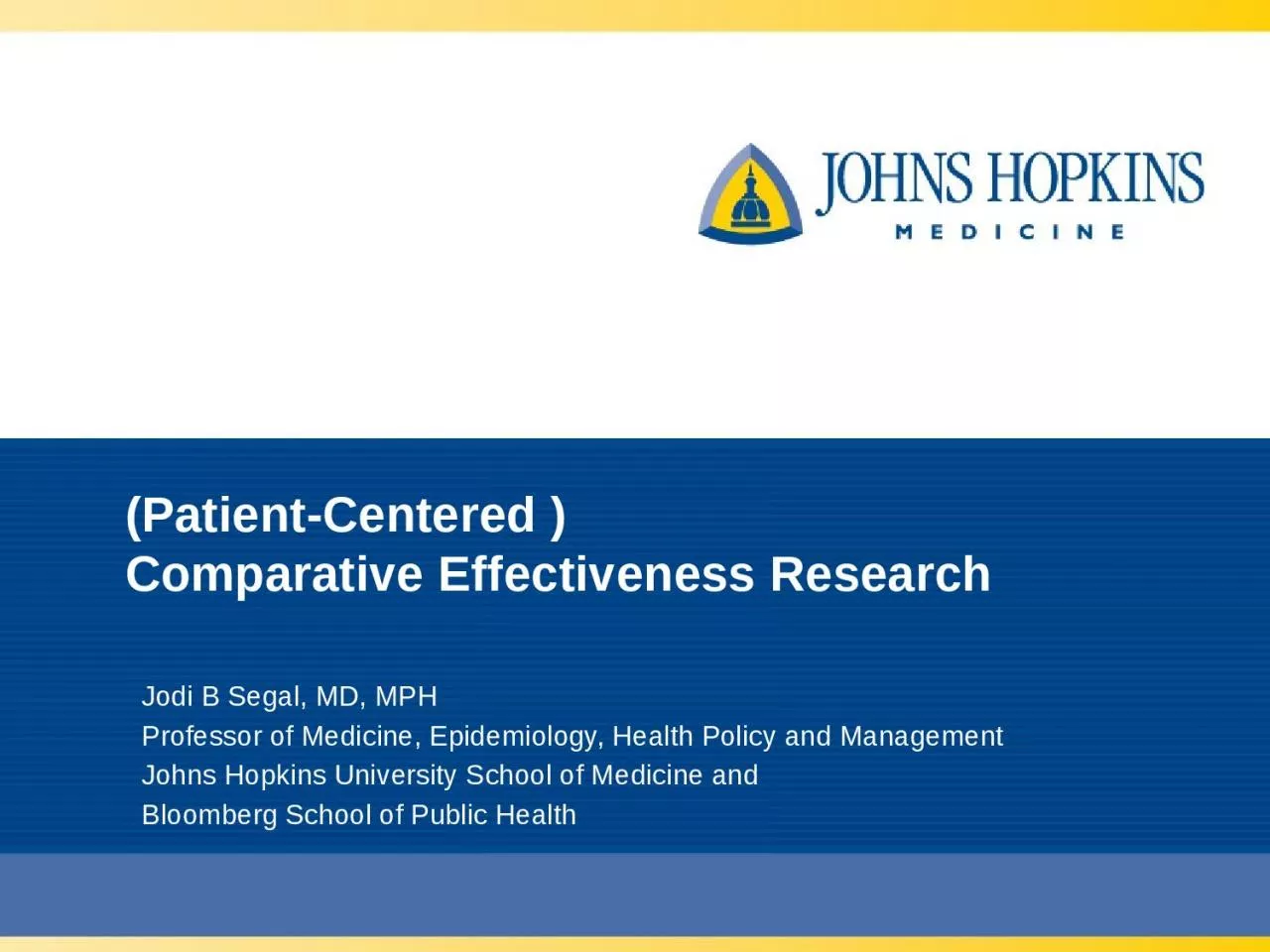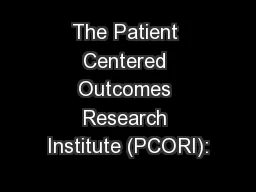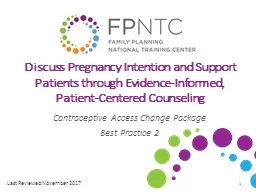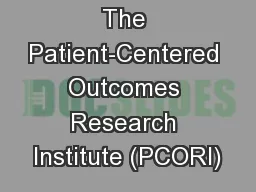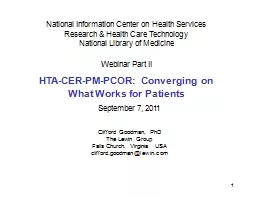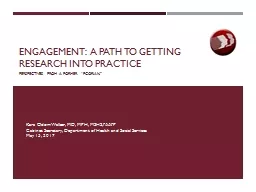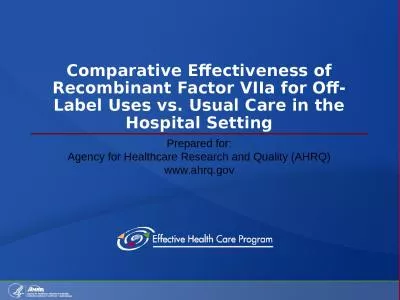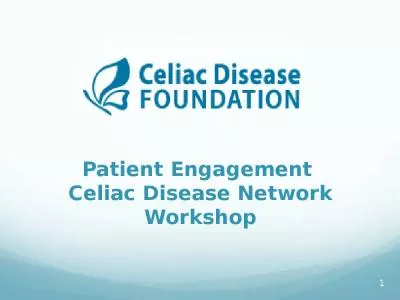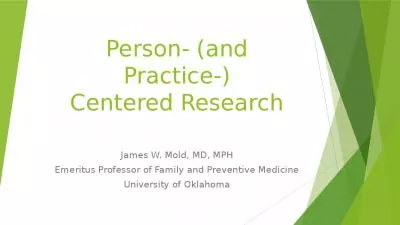PPT-(Patient-Centered ) Comparative Effectiveness Research
Author : DateMeDarling | Published Date : 2022-08-03
Jodi B Segal MD MPH Professor of Medicine Epidemiology Health Policy and Management Johns Hopkins University School of Medicine and Bloomberg School of Public Health
Presentation Embed Code
Download Presentation
Download Presentation The PPT/PDF document "(Patient-Centered ) Comparative Effectiv..." is the property of its rightful owner. Permission is granted to download and print the materials on this website for personal, non-commercial use only, and to display it on your personal computer provided you do not modify the materials and that you retain all copyright notices contained in the materials. By downloading content from our website, you accept the terms of this agreement.
(Patient-Centered ) Comparative Effectiveness Research: Transcript
Download Rules Of Document
"(Patient-Centered ) Comparative Effectiveness Research"The content belongs to its owner. You may download and print it for personal use, without modification, and keep all copyright notices. By downloading, you agree to these terms.
Related Documents

